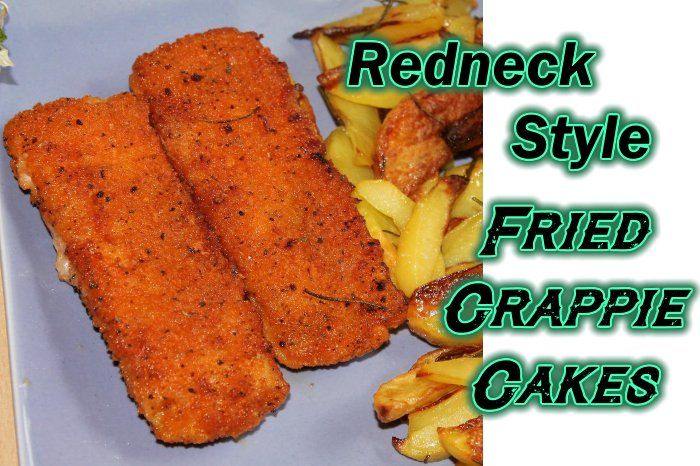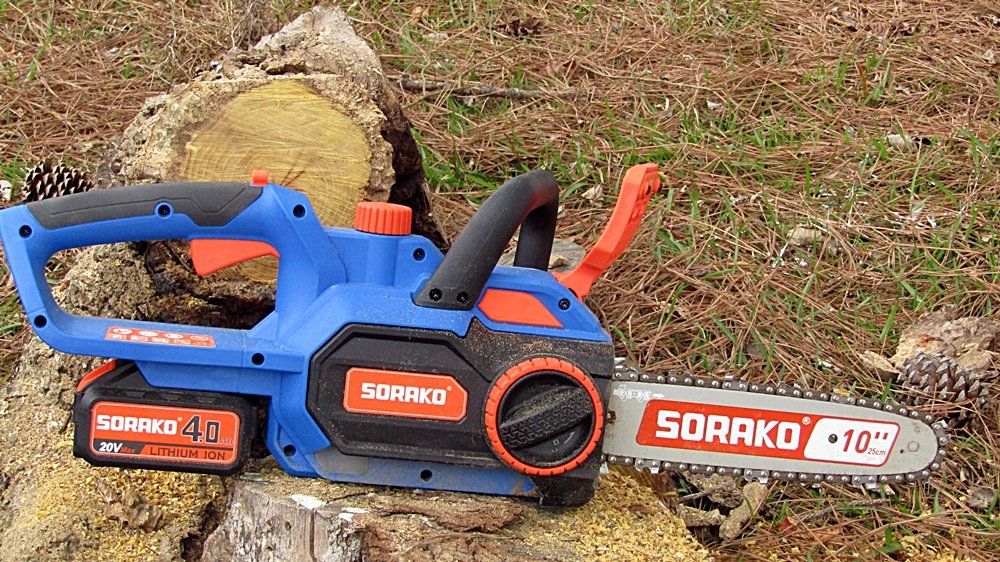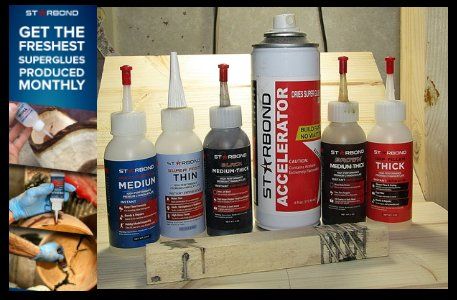Grilled Bear Steak Recipe
August 2, 2015
Bear steak can be grilled in much the same way as you would grill beef cuts.
But remember two facts when dealing with bear meat. And I understand that part of this may discourage many from eating bear meat. But I’d rather that than have someone get sick due to my lack of giving information.
I assure you as long as you follow safe cooking practices, your bear steak will be delicious and safe to eat.
#1 - Bear steaks, as well as other cuts of bear meat, do not have the same fat content as beef. For this reason, bear meat will need additional larding or marinating for tenderizing.
#2 – And most important - *BEAR MEAT HAS TO BE THOROUGHLY COOKED DUE TO TRICHINOSIS TENDENCIES.*
TRICHINOSIS is a disease caused by parasites such as a round worm infection. TRICHINOSIS is mainly caused by eating undercooked meat containing encysted larval Trichinella. So be sure to cook the bear steak thoroughly and well done!
A good rule of thumb is to be sure to cook bear meat to an internal temperature of 160° F (71° C).
Now on to the grilled bear steak recipe.
There are two parts to the grilled bear steak recipe. One is the bear meat marinade, and the other is the basting sauce to be applied while cooking.
Grilled Bear Steak Marinade Ingredients:
1 cup dry sherry
1/2 cup salad oil
4 teaspoons prepared Wild Game Seasoning
Grilled Bear Steak Marinade Instructions:
Mix ingredients well in a large zipper bag. Then add the bear meat and move the meat around in the bag to make sure it is coated well with the bear steak marinade.
Place in the refrigerator overnight to be ready for cooking the next day. The longer the bear steak soaks the better, but not longer than 24 hours.
Grilled Bear Steak Basting Sauce Ingredients:
1/2 cup catsup
1/4 cup vinegar
1 6 oz. can tomato paste
1 clove garlic -- crushed
1 cup dry white wine
salt and pepper to taste
Grilled Bear Steak Basting Sauce Instructions:
In a bowl, mix ingredients together and refrigerate until ready to use. Take basting sauce out of the refrigerator 30 minutes before ready to use, stir and let sit at room temperature.
When you’re ready to cook the grilled bear steak, heat grill to a medium to medium-high heat.
Remove bear meat from the marinade, shaking off excess marinade. Discard the marinade.
Place the bear steaks on the grill and sear each side for a couple minutes each side. Adjust heat as needed.
Baste the top side of the bear steak, put the grill lid down and let cook a few minutes. Then turn steaks and baste the other side, close lid and repeat until the grilled bear steak reaches and internal temp of 160° F (71° C). Serve with your favorite sides and enjoy!
Redneck Know How Blog
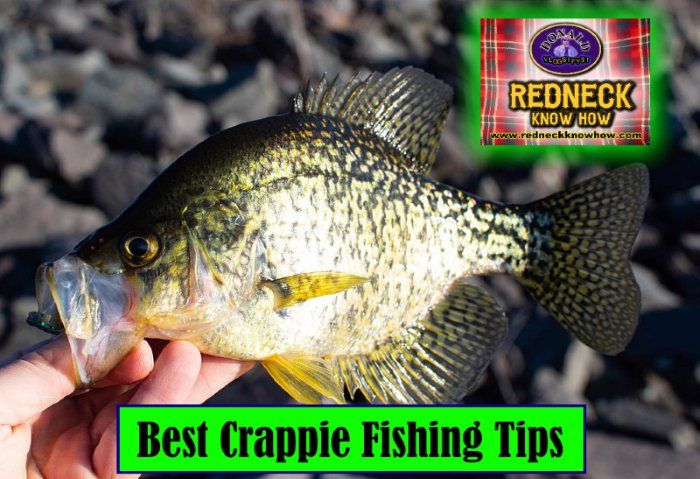
Every fisherman has his or her own favorite techniques to catch this beloved fish. Why is crappie, (or pomoxis, if you want to get scientific), are so beloved? Well, they give one heck of a fight when caught. A 2 lb. crappie can put up a fight to rival a bass of larger size. So catching them is fun. There is also the taste factor. Fried crappie tastes great.
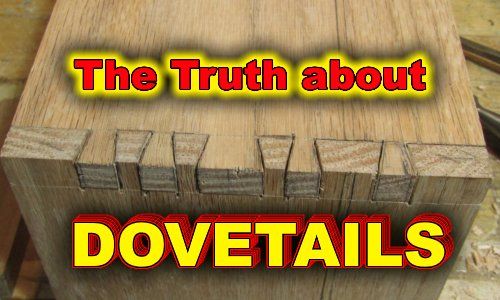
Everybody seems to be in love with dovetails these days. Myself included. They look nice, feel nice, and they make the woodworker feel an overwhelming since of pride when he makes tight and even. Especially the hand cut dovetails. Dovetail joints can be produced with power tools. And there are dovetail jigs you can buy and make. It makes getting precise dovetails with no gaps a lot easier. But nothing feels more satisfying than finally getting hand cut dovetails tight and gap free. And for the record, I use the term, “gap free”, very loosely. I’d wager that even the best woodworker gets gaps in their dovetails no matter how hard they try. Maybe not as many as us new to middlin’ woodworkers, and certainly not as noticeable, but there are gaps in their dovetails. Nowadays, people use dovetails not only as a joint, but as decoration. A showpiece if you will to show off the craftsmanship of the woodworker. But the reality is that they were not originally meant to be pretty. They were utilized to hold pieces that were heavily used together. Such as drawers or other parts of furniture and other items that were constantly pulled or tugged on. In the example below, you can see how the angles of the dovetails will keep the joint from coming apart during the tugging of the drawer when opening it. This part of the joint is where the dovetail joint get’s it’s name. Often when used on boxes, the orientation of those angles are switched around, placing them on the front of the box as a decoration, and the pins of the joint is put on the side. Great for looks, not so great for function. Of course for most smaller boxes, the function of the dovetail really isn’t needed and using dovetails for looks is fine and an anesthetically pleasing way to show off craftsmanship. But let’s not give up on using the dovetail joint for utilitarian purposes when building boxes too quickly. They can be a great way to join a bottom to a box that will be holding heavier stuff, such as tool boxes. The angle of the dovetails can manage the stresses of carrying heavier items such as tools if you wish to maintain a *NO screws or nails* policy on your woodworking projects. Or you can use the dovetail joint along with screws for extra protection against the bottom dropping out. So the purpose of the dovetail is a lot more than to just make your woodworking look good. In fact, long ago, they were hidden. Simply a way to join parts and give them the strength to do what the item was meant to do, and be hidden when the drawer was closed. Using the dovetail joint for decoration is a modern thing. Which I have nothing against. I love to show off dovetails I’ve made nearly perfect. Well, in my eyes anyway. Roy Underhill and Paul Sellers would likely just look at them and grin, maybe chuckle at me being so proud of something so far from the skill level they have achieved.




